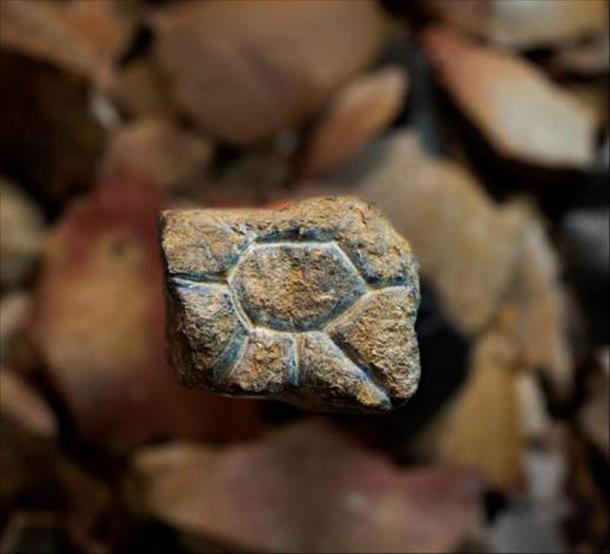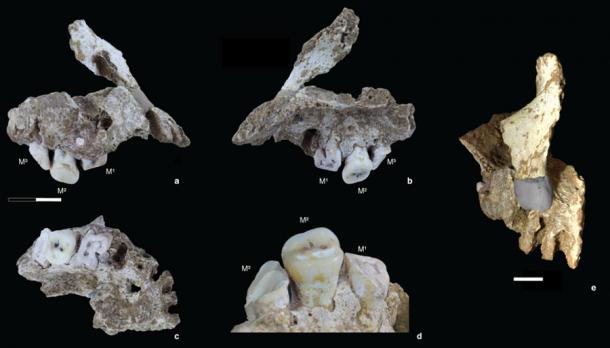The exquisite treasures of Sulawesi island have led archaeologists to special remains that are expected to provide direct evidence of the ancient marriages of our Homo sapiens ancestors. me and ‘ghost humans’ Denisovans.
The island of Sulawesi today is known for several tribes with a high degree of “non-pure” DNA: they are still Homo sapiens like us, but have part of their genome inherited from an extinct species belongs to the genus Homo (Homo).

Excavation site at Leang Bulu Bettue cave – Photo: PLOS ONE
That mysterious ancestor is believed to be the Denisovans, a “ghost human” hidden in the modern human genome, a vestige of inter-species intermarriage. But archaeologists have never found a single skeleton or a specific Denisovans skull anywhere on Earth.
According to Ancient Origins, a 2020 excavation on the island of Sulawesi helped find 2treasurelarge: delicately carved reliefs, dating back up to 20,000 years.

Sulawesi treasure – delicately carved relief piece – Photo: PLOS ONE
Following these two treasures, recently, an archaeological team from Australia and Indonesia, led by Professor Adam Brumm from the Australian Center for the Study of Human Evolution, claimed to have unearthed remains. oldest human fossil: 25,000 years old.
They were identified as Homo sapiens, or our ancestors, hiding in the Leang Bulu Bettue cave in Southwest Sulawesi, the first direct evidence that modern humans occupied Sulawesi at the end of the Pleistocene (ie. the Pleistocene of the Quaternary, before the end of the last ice age).

The bones were excavated – Photo: PLOS ONE
The remains are mainly jawbones and are expected to help answer the question: was that when Homo sapiens arrived in Wallacea (a large island cluster of present-day Indonesia and Australia, contains many ancient human remains) and meet the Denisovans?
The remains are being analyzed and scientists believe it will be direct evidence, or at least continue to lead to direct evidence of unambiguous Homo sapiens-Denisovans hybrids. Finding remains in this area is extremely difficult because the soil in the area makes it easy for human bones to completely decompose.
The preliminary study has just been published in the scientific journal PLOS ONE.
Source: nld.com.vn








